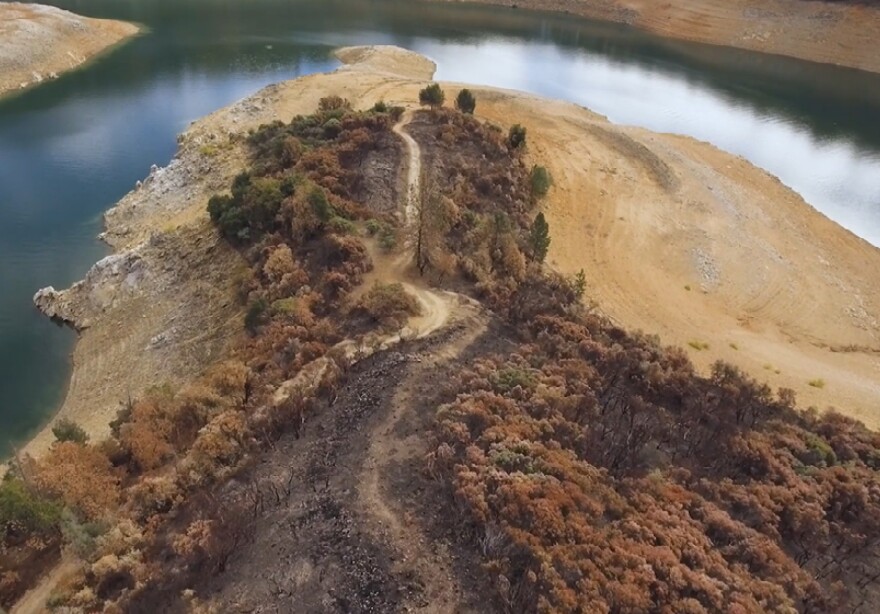When a wildfire ignites, bulldozer operators often carve lines through plant life to keep flames from spreading.
But in a recent report and essay, a firefighter advocacy group says dozerlines are ineffective, and it points to last year’s deadly wildfire in Redding as an example.
The 2018 Carr Fire killed six people, including a bulldozer operator. Another driver suffered severe injuries.

Their dozerlines were supposed to contain the massive wildfire. But most of them didn’t; strong winds pushed flames beyond the threshold, or lines were carved into the wrong areas. That’s the conclusion of a recent report by Firefighters United for Safety, Ethics and Ecology.
Executive director Timothy Ingalsbee says fire officials need to shift tactics.
“We really need to change our strategy from this reactive, war-like assault on fires and concentrate on where it really matters,” Ingalsbee said.
In a statement, Cal Fire said dozer lines were effective in the Carr Fire on all fronts except for its eastern edge, where winds were especially strong. The agency also argued against some of FUSEE's environmental claims about bulldozer lines.
Ingalsbee says fire officials need to focus their resources on residential communities while letting distant forests burn, since wildfire is part of the west’s natural ecology. He says wildfire preparedness could go a long way.
“Long before you get the first whiff of smoke, you need to harden the home and reduce its ignitability,” he said. “You also prepare the community with infrastructure: emergency communications, evacuation routes, community fire or smoke shelters. Get that set up way ahead of the fire.”
In the report, Ingalsbee writes that dozerlines are ineffective because of today’s landscape of overgrown forests, rampant droughts and extreme weather events. He says they are essentially linear clearcuts that fragment forest habitats. He adds that they damage Native American artifacts and create “ghost roads” for illegal off-road vehicles.



